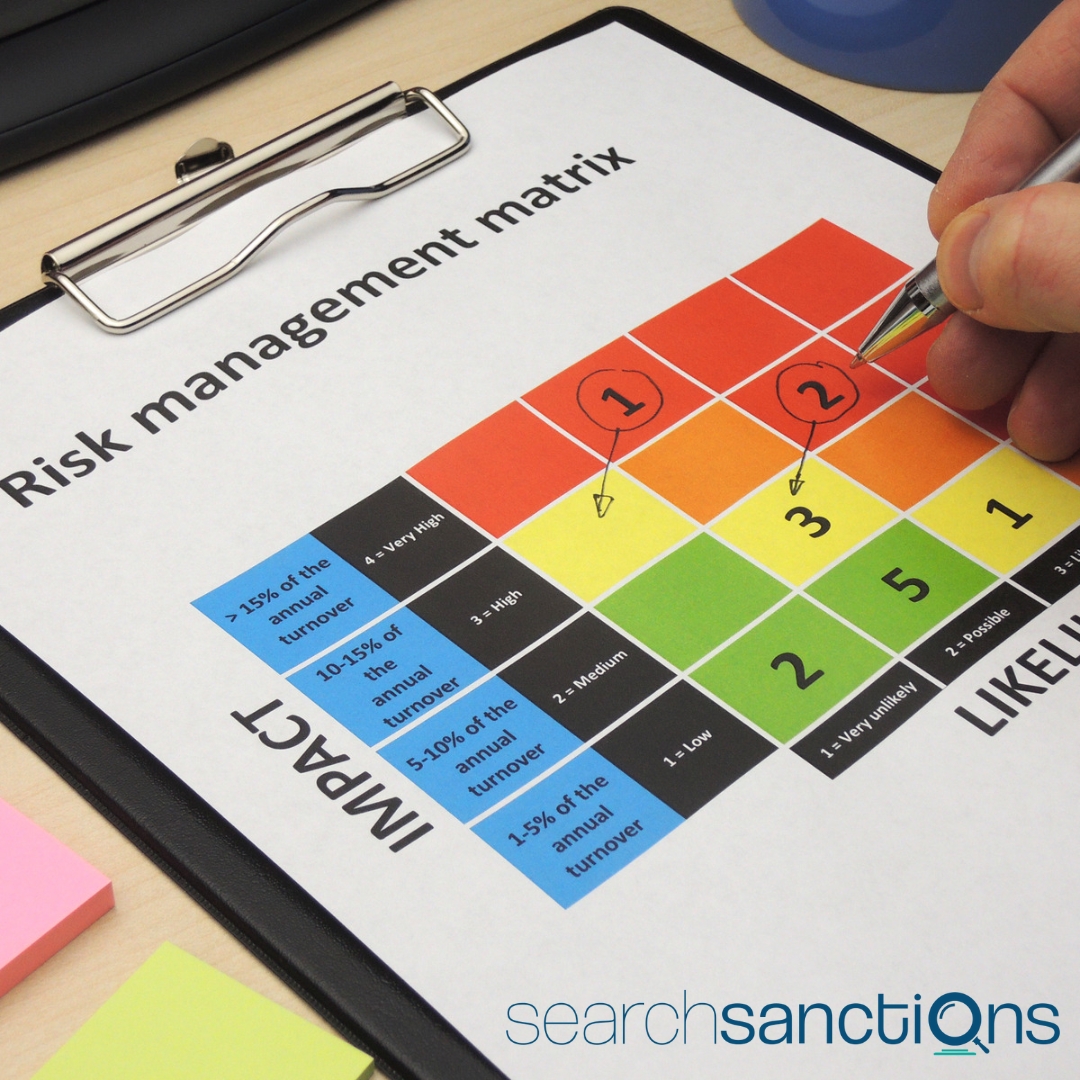Customer Segmentation in AML: Classification and Examination of Customers by Risk Profile

Importance of Customer Segmentation
1.1 Effectiveness of AML Processes:
The effectiveness of AML processes relies on classifying customers according to their risk profile. Financial institutions can identify and scrutinize high-risk customers by effectively utilizing limited resources. In this way, operational efficiency is achieved by focusing on low-risk customers and wastage of resources is avoided.
1.2 Legal and Regulatory Compliance:
AML regulations require financial institutions to effectively assess and report the risks of their customers. Customer segmentation is an important tool to fulfill these requirements and ensure regulatory compliance. With customer segmentation, financial institutions can fulfill legal and regulatory requirements by taking special measures for high-risk customers.
Customer Segmentation Process
2.1 Identifying Risk Factors:
The first step in the customer segmentation process is to identify risk factors. Financial institutions analyze the factors that affect the risk level of customers. These factors include information such as the customer's business sector, geographical location, financial status, connections and past activities. These factors are used to understand and classify customers' risk profiles.
2.2 Customer Classification:
Following the identification of risk factors, customers are categorized according to their risk level. Three basic categories are usually used: low-risk customers, medium-risk customers and high-risk customers. This classification helps financial institutions to direct their resources in the right way.
Low-risk customers are usually those that operate in low-risk business sectors or transfer small amounts of money. These customers are usually subject to standardized controls and require less scrutiny.
Medium-risk customers are customers who have certain risk factors or are at a medium risk level according to the financial institution's own internal policies. These customers are subject to more detailed scrutiny and additional controls are applied.
High-risk customers are customers with potential risks related to money laundering, terrorist financing or other illegal activities. These customers require stricter controls and more detailed reviews. Measures such as verification of the customer's identity and transaction information, disclosure of sources and requests for additional documents are taken.
Customer Review
The next step in customer segmentation is to subject high-risk customers to a detailed review. This review process is conducted to more closely assess the client's activities, transactions and financial situation. Documents and information provided by the customer are reviewed, transactions are analyzed and additional investigations are conducted if necessary.
Customer due diligence is one of the most important stages of the AML process because it is used to identify potentially risky activities. At this stage, financial institutions implement the necessary controls to detect counterfeit documents, identify suspicious transactions and trace illegal activities.
Automated Processes and Technological Solutions
Customer segmentation and vetting processes should be supported by technological solutions and automated processes. This enables faster, more accurate and more efficient identification of risky customers and minimizes manual errors. Some financial institutions have automated customer segmentation and vetting processes using technologies such as artificial intelligence, machine learning and big data analytics.
These technological solutions can detect risky signs and patterns by analyzing large data sets. For example, algorithms can help identify potential risks such as money laundering by evaluating a customer's transaction history, related parties and other relevant data. Furthermore, automated alert mechanisms can quickly identify suspicious transactions and guide them through the review process.
Technological solutions also facilitate data sharing and collaboration. Sharing knowledge and experience between financial institutions is important to achieve better results in customer segmentation. Secure data sharing and collaboration platforms enable financial institutions to work together and manage common risks more effectively.
Customer segmentation is an important step in AML processes, enabling financial institutions to classify and vet customers based on their risk profile. This process enables financial institutions to effectively direct their resources, identify high-risk customers and detect illegal activities. The customer segmentation process involves the identification of risk factors, customer classification and customer review. Moreover, technological solutions and automated processes can make customer segmentation and vetting more efficient. In this way, financial institutions can effectively manage AML processes and are in a stronger position to prevent illegal activities.
Request Demo
You can contact us as to our services, integration processes, request demo or customized solutions.

